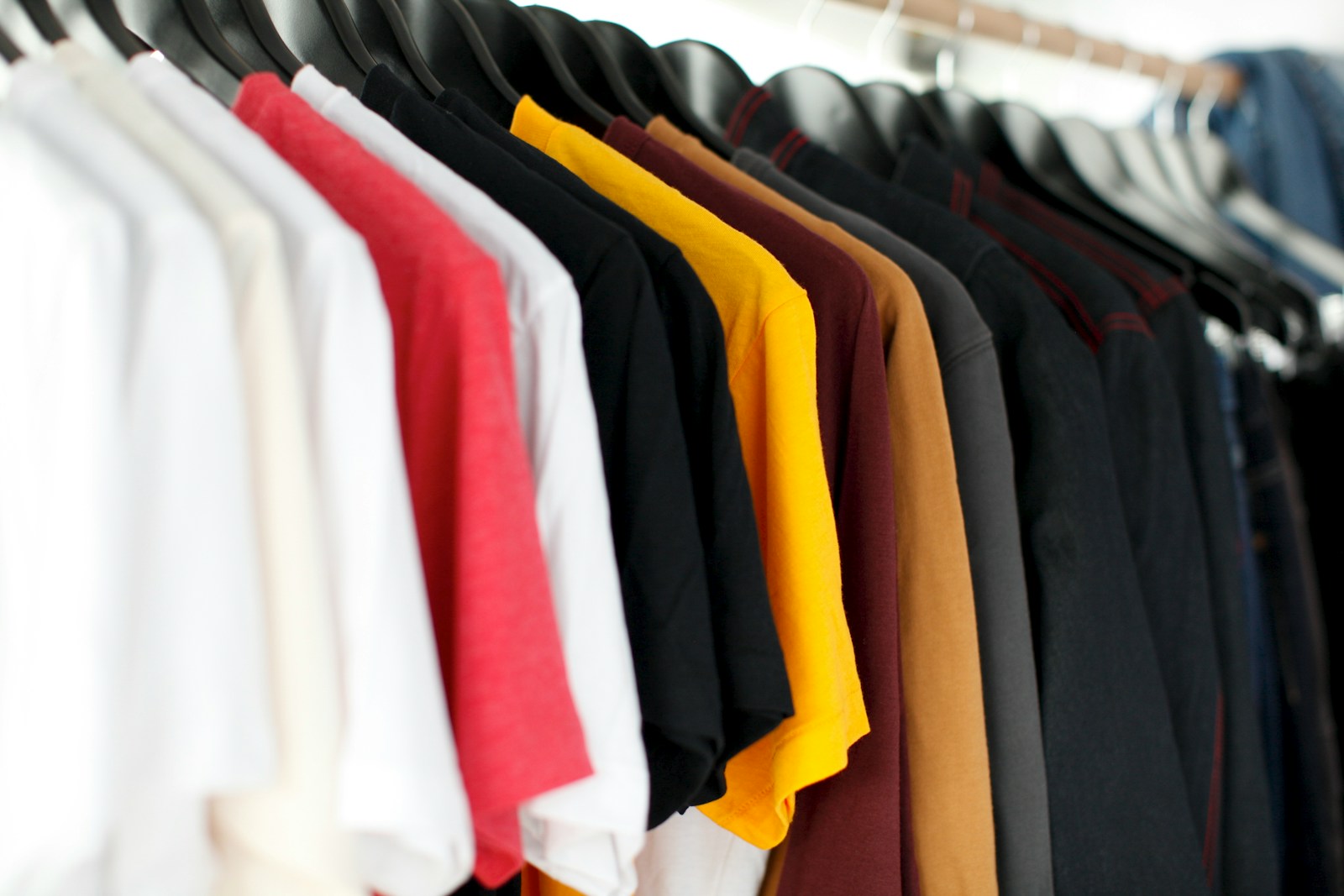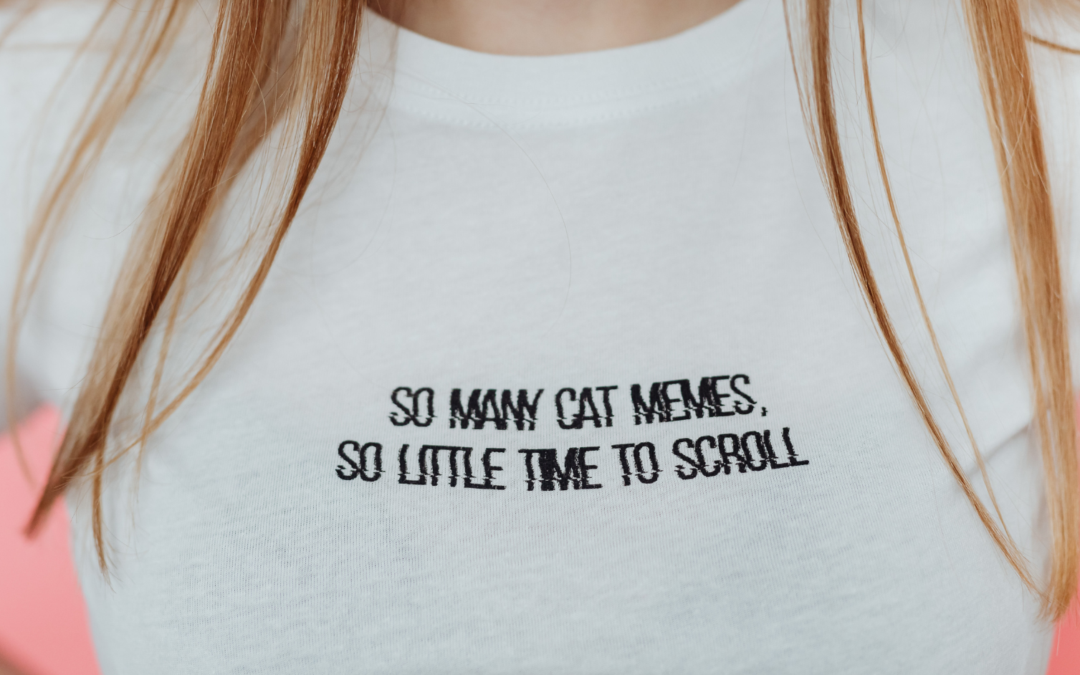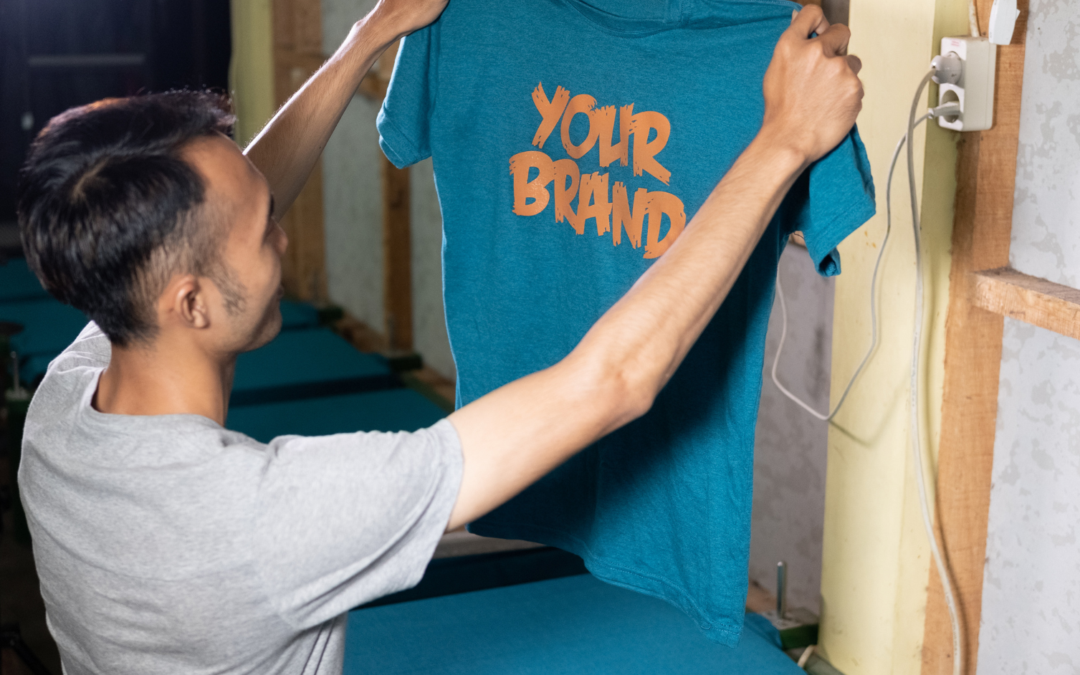Rayon vs Cotton; Which is the right choice for you?
Choosing the right fabric is critical when it comes to achieving high-quality Direct-to-Film (DTF) transfers. Whether you’re a small business owner in the apparel industry, a custom T-shirt designer, or a DIY craft enthusiast, your fabric choice can make or break your project.
Two of the most popular options are rayon and cotton, with cotton being a very popular fabric in the textile industry due to its widespread use in clothing and home decor. But which is better for your printing needs? Ultimately, the choice between rayon and cotton often comes down to personal preference, depending on the specific needs of your project.
This guide explores the key differences between rayon and cotton, focusing on their properties, environmental impact, and suitability for DTF printing. We’ll also introduce you to Limitless Transfers, the trusted name in high-quality DTF transfer services.
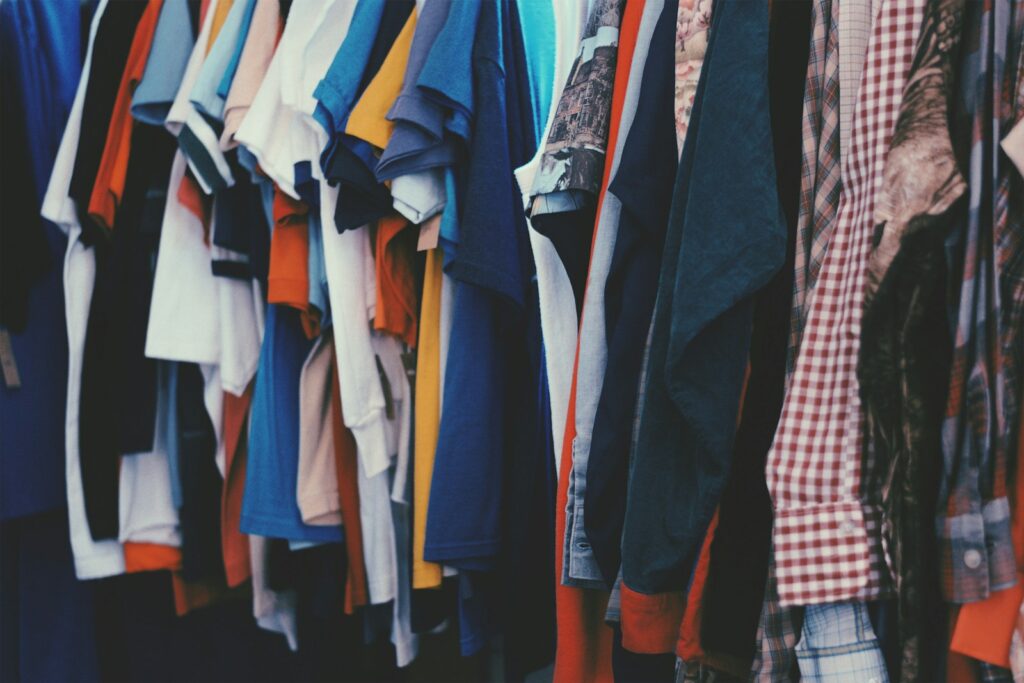
Photo by Nick de Partee on Unsplash
Introduction to Fabrics
Fabrics play a vital role in our everyday lives, shaping the comfort, style, and functionality of the clothes and textiles we use. Understanding the different types of fabrics is essential for anyone looking to choose the right fabric for their needs, whether for fashion, home décor, or specialized applications like DTF transfers. Among the most popular fabrics are cotton and rayon.
Cotton is a natural fiber harvested from the cotton plant, prized for its breathability and versatility. Rayon, in contrast, is a semi-synthetic fabric created from cellulose fibers derived from wood pulp, offering a silky texture and smooth drape that has made it a favorite in the fashion industry.
As two of the most widely used and popular fabrics, cotton and rayon each bring unique qualities to the table, making the choice between them an important one for designers, manufacturers, and consumers alike.
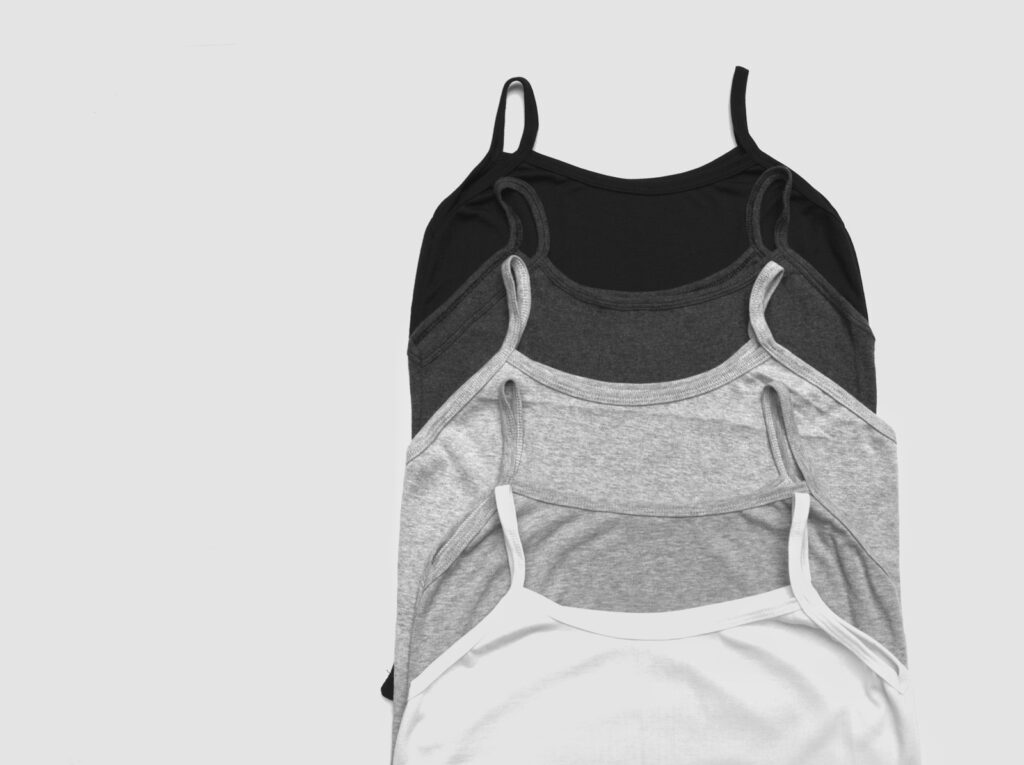
Photo by Wander Fleur on Unsplash
Rayon vs Cotton: An Overview
When comparing rayon and cotton, it’s clear that each fabric has its own set of strengths and ideal uses. Cotton, as a natural fiber, is known for being breathable, absorbent, and comfortable, making it a staple for everyday wear and a variety of textile products.
Rayon, on the other hand, is a semi-synthetic fabric that stands out for its ultra-soft, smooth surface and luxurious feel. While cotton is highly versatile—used in everything from t shirts to bed linens—rayon is often chosen for garments that require a silky finish and elegant drape, such as dresses and blouses.
The choice between these two fabrics often comes down to the desired look, feel, and function of the final product, as well as considerations around care and durability.
Types of Cotton
Cotton comes in several varieties, each with its own characteristics and benefits. Egyptian cotton is renowned for its superior quality, featuring extra-long staple fibers that produce exceptionally soft and durable material—making it a top choice for luxury bedding and high-end clothing.
Organic cotton is grown using environmentally friendly methods, avoiding synthetic pesticides and fertilizers, and is favored by those seeking a more sustainable option.
Conventional cotton, which is the most widely produced, often relies on conventional cotton farming practices that can involve significant use of water and chemicals. Understanding the differences between these types of cotton can help you select the best option for your needs, whether you prioritize softness, sustainability, or affordability.
Rayon vs Cotton Fabric
Before we get into the details, let’s break down what rayon and cotton are:
Rayon
- Rayon is a semi-synthetic fabric, made by chemically processing natural materials like wood pulp or bamboo pulp. Rayon is a cellulose fiber derived from plant sources and is often referred to as artificial silk due to its soft, silky texture.
- Known for its silky feel and soft drape, rayon is often used in the fashion industry for creating luxurious fabric that mimics silk.
- Common uses include soft blouses, dresses, and bed sheets. Viscose rayon is a common type of rayon fiber used in these applications.
- Rayon fiber is considered a synthetic fiber because of its chemical processing, even though it originates from natural cellulose. It is often grouped with other synthetic fabrics, even though it is technically a semi-synthetic fiber.
Cotton
- Cotton is a natural fiber derived from the cotton plant, primarily grown in tropical and subtropical regions. Cotton fibers are the soft, breathable component harvested from cotton plants, which are then spun into cotton fabric.
- It’s a durable material widely recognized for its comfort, breathability, and versatility.
- Cotton is commonly used in T-shirts, cotton bed sheets, and other everyday clothing. Cotton fabric is widely used for its comfort and is suitable for people with sensitive skin.
Both rayon and cotton and rayon fabric are popular choices for printing due to their ability to absorb moisture and produce vibrant results. When you compare rayon to cotton, each has unique properties that influence their suitability for different applications.
Rayon compared to cotton is less wrinkle resistant and may wrinkle easily, while cotton is a soft material but can also wrinkle easily. The choice between these fabrics often comes down to personal preferences and is part of the ongoing cotton debate in the textile industry.
Key Characteristics of Cotton
Comfort and Breathability
Cotton is celebrated for being a breathable fabric, making it ideal for warm climates or summer wear. Its moisture wicking properties help absorb sweat, keeping the wearer cool and comfortable.
Durability and Maintenance
Cotton is a highly durable material. When properly cared for, high-quality cotton items, like Egyptian cotton, can last for years. Additionally, cotton fabrics are easy to maintain and can be machine washed without losing their texture.
Environmental Impact
Organic cotton farming practices aim to minimize environmental harm by avoiding synthetic pesticides. Although conventional cotton farming has been criticized for its water usage and chemical inputs, organic cotton provides a more sustainable alternative.
10 Ways to Learn More About Cotton
- Cotton Incorporated – Explore in-depth resources about cotton farming, sustainability, and its uses. Visit Cotton Incorporated
- The Cotton Journey – Learn the life cycle of cotton from planting to finished goods. Learn More
- United States Department of Agriculture (USDA) – Access reports and statistics about cotton production. Explore USDA Cotton Info
- National Cotton Council – Discover industry updates and cotton’s economic importance. Visit National Cotton Council
- Cotton Australia – Find sustainability practices and fascinating facts about cotton farming. Learn More at Cotton Australia
- Smithsonian Institution – Delve into the historical significance of cotton in textiles. Explore on Smithsonian
- Better Cotton Initiative (BCI) – Understand ethical cotton farming and sourcing practices. Discover BCI
- History of Cotton – Learn about cotton’s role in fashion and its global impact over centuries. Read More
- YouTube Educational Channels – Find videos detailing how cotton is cultivated and turned into fabric. Search “Cotton Production”
- Textile Exchange – Explore innovations in cotton and its role in sustainable fashion. Discover Textile Exchange
Start exploring today and uncover the fascinating world of cotton, its applications, and its critical role in the textile industry!
Key Characteristics of Rayon Fabric
Softness and Drape
Rayon is often chosen for its luxurious feel and soft texture. This ultra-soft fabric is perfect for clothing that requires a natural sheen and graceful drape.
Absorbency and Comfort
Rayon fibers are highly absorbent, making them great for moisture absorption. This gives rayon a comfortable feel similar to cotton, but its synthetic processing gives it the edge in silky feel.
Environmental Impact
Unlike natural fibers such as cotton, rayon is made using a chemical-heavy manufacturing process that can be damaging to the environment. Lyocell rayon is a more eco-friendly variation, as it uses sustainable practices in production.
10 Ways to Learn More About Rayon
- Rayon Production Basics – Discover how rayon is made and its unique characteristics. Learn the Basics of Rayon
- Textile Information Center – Access detailed guides about rayon’s history, applications, and care. Visit Textile Information Center
- Cellulose Fibers Overview – Understand how rayon fits into the family of cellulose-based fibers. Explore Cellulose Fibers
- Sustainable Rayon Practices – Learn about eco-friendly versions of rayon, including lyocell and modal. Discover Sustainable Rayon
- Fashion Industry Applications – See how rayon is used in modern fashion across seasons. Modern Rayon in Fashion
- Textile Manufacturing Insights – Deepen your understanding of rayon with expert insights into manufacturing. Read More on Textile Manufacturing
- Fabric Care Guides – Master how to properly maintain clothing and products made with rayon. Rayon Care Tips
- Chemical Processes in Rayon – Explore the science behind rayon’s production through detailed analyses. Chemical Composition of Rayon
- YouTube Video Tutorials – Watch engaging, informative videos on how rayon is created and used. Search “Rayon Production”
- Sustainable Apparel Coalition – Learn how innovators are reimagining rayon’s role in sustainable fashion. Join the Sustainable Apparel Coalition
Start your exploration now and uncover the versatility, production processes, and sustainability efforts surrounding rayon!
Uses of Rayon and Cotton
Both cotton and rayon are highly valued in the fashion industry for their unique properties and versatility. Cotton is a go-to choice for casual wear, such as t shirts, jeans, and everyday basics, thanks to its comfort and durability.
It’s also widely used in home textiles like bedding and towels. Rayon, with its luxurious feel and smooth texture, is often reserved for more formal or delicate garments, including dresses, blouses, lingerie, and sleepwear.
The ability of both cotton and rayon to absorb moisture and provide comfort makes them popular fabrics for a wide range of applications, allowing designers to select the right fabric based on the desired look and feel of their creations.
Applications in the Fashion Industry
The fashion industry relies on both cotton and rayon fabrics to meet the diverse needs of designers and consumers. Cotton’s versatility, breathability, and absorbency make it a staple for everything from casual wear to high-quality cotton bed sheets. Rayon fabrics, prized for their luxurious feel and elegant drape, are often used to create garments that require a touch of sophistication.
Many designers blend cotton and rayon to produce fabrics that combine the best qualities of both—offering comfort, style, and a unique texture. By understanding the natural properties and performance of cotton and rayon, fashion professionals can make informed choices and select the right fabric for each project, ensuring that their designs are both functional and fashionable.
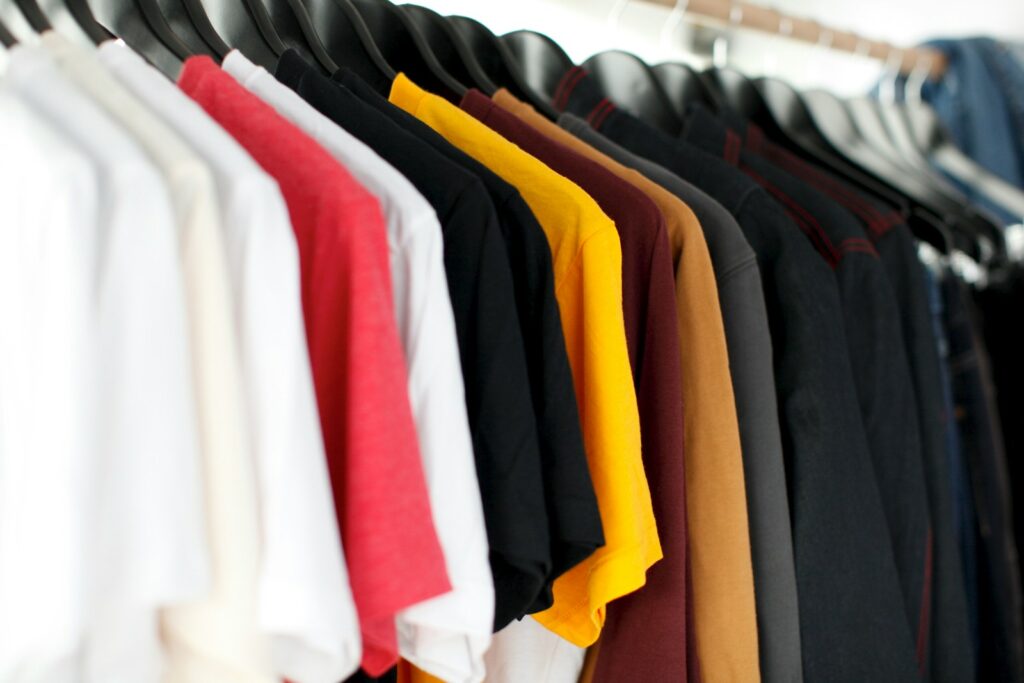
Photo by Parker Burchfield on Unsplash
Rayon Compared To Cotton
To make an informed choice, here’s how rayon and cotton stack up:
|
Feature |
Cotton |
Rayon |
|---|---|---|
|
Production Process |
Natural, derived from the cotton plant |
Semi-synthetic, made from wood pulp |
|
Breathability |
Excellent for warm climates |
Good, but slightly less breathable |
|
Durability |
Highly durable, withstands machine washing |
Less durable, prone to stretching when wet |
|
Cost |
Varies, with organic options being pricier |
Generally more affordable |
|
Sustainability |
More sustainable with organic cotton farming practices |
Conventional rayon is less eco-friendly |
|
Versatility |
Suitable for everyday wear and t-shirts |
Best for soft blouses and luxurious fabric |
Rayon compared to cotton highlights key differences in environmental impact, care, and performance. When you compare rayon and cotton, both rayon and cotton and rayon fabric have their own strengths and weaknesses. Cotton sheets and rayon sheets each offer unique benefits, with organic cotton sheets being a sustainable choice.
Cotton fabric is made from cotton fibers harvested from cotton plants, making it a natural fabric ideal for sensitive skin. Cotton products are widely available and easy to care for, while rayon fabric is often chosen for its wrinkle-resistant properties.
Cotton tends to wrinkle easily and wrinkles easily, while rayon is more wrinkle-resistant. Ultimately, the choice between these fabrics often comes down to personal preference and personal preferences, which is at the heart of the cotton debate.
Which Is Better for DTF Transfers?
When it comes to DTF transfers, the fabric you choose has a direct impact on the print quality, application process, and durability.
1. Printing Quality
- Cotton fabrics absorb DTF inks seamlessly, creating vibrant, long-lasting prints with excellent color accuracy.
- Rayon, while capable of producing vibrant imagery, is more prone to distortion due to its elasticity, which can affect printing results.
2. Fabric Compatibility
With Limitless Transfers, you’re not limited to one choice. Their DTF prints work on every fabric, from 100% cotton to bamboo rayon, canvas, and even neoprene. This means you have the flexibility to experiment without quality concerns.
3. Durability of the Transfer
Cotton fabrics, especially high-quality cotton, provide a more stable base for transfers, ensuring your prints last longer, even after multiple washes. Rayon may struggle to maintain transfer integrity over time due to its less resilient fibers.
4. Overall Performance
Ultimately, cotton emerges as the better choice for those prioritizing durability, ease of use, and color vibrancy. Rayon is a good alternative when a silky, luxurious drape is crucial for the final product.
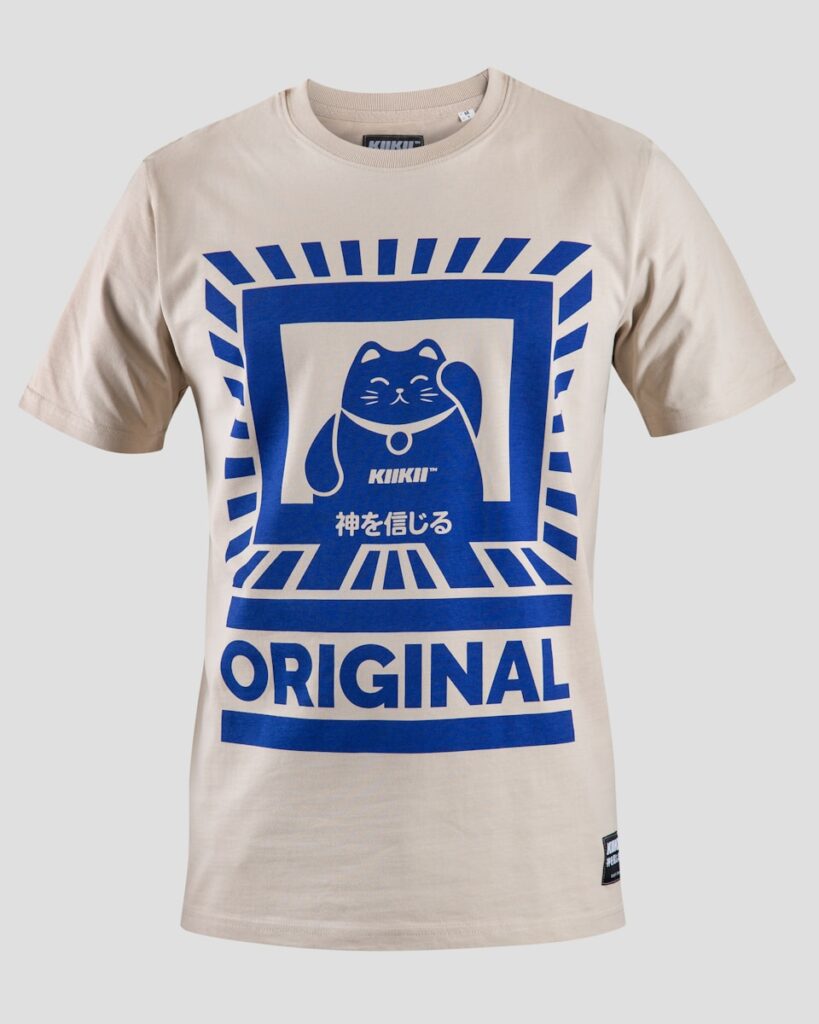
Photo by Alex Haigh on Unsplash
Why Choose Limitless Transfers for DTF Printing
At Limitless Transfers, we make the decision-making process simple by delivering top-tier, hot peel DTF transfers optimized for both cotton and rayon fabrics. Here’s what sets us apart:
- Free Shipping on orders over $50.
- Same-Day Shipping, ensuring you meet urgent deadlines.
- Accurate Colors and vibrant prints with advanced tech.
- No Setup Fees or minimum order requirements, giving you full flexibility.
- Comprehensive Support, designed for small businesses, fashion designers, and DIY enthusiasts.
Explore our award-winning DTF services today and elevate your designs, no matter your fabric!

